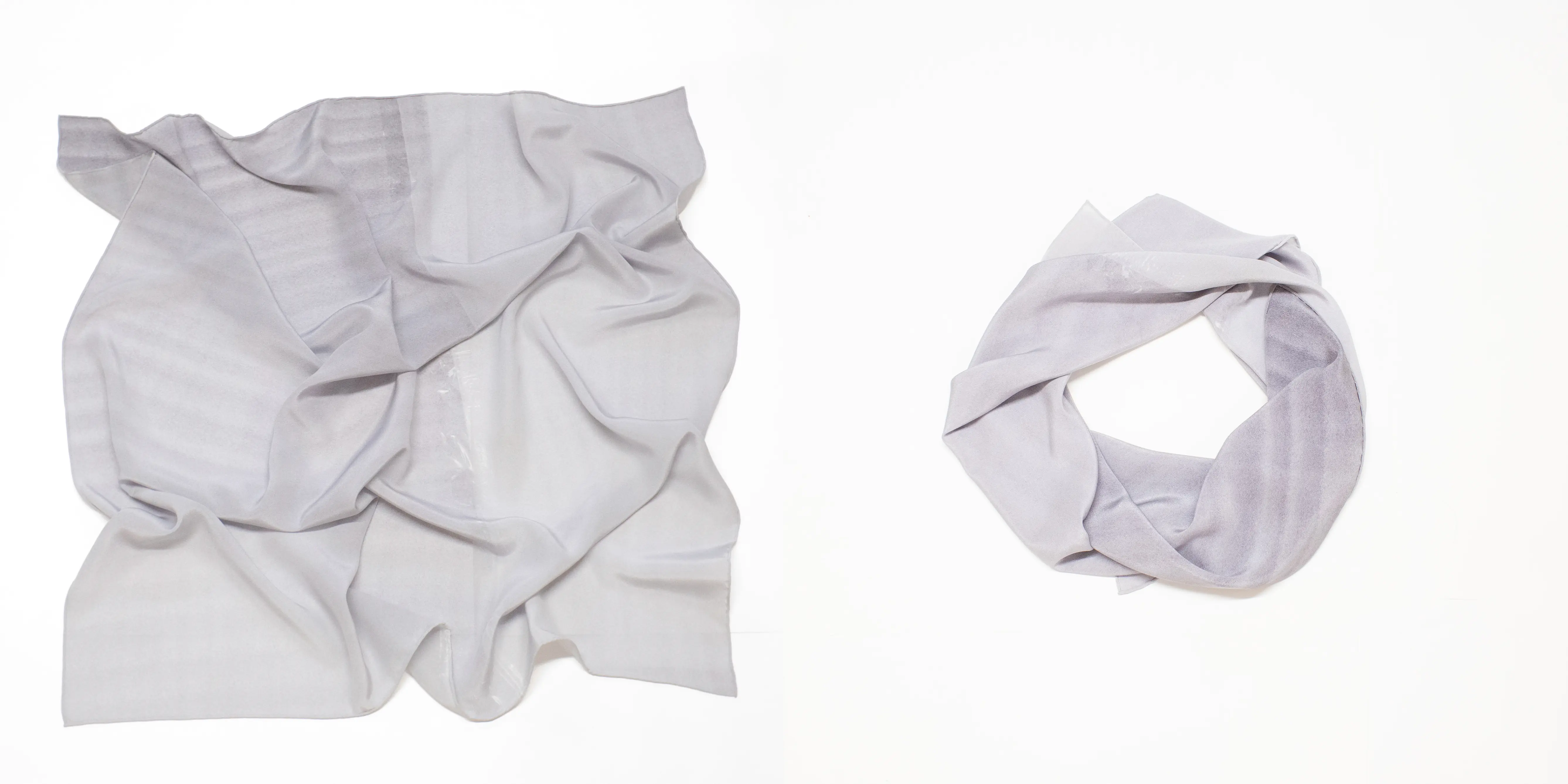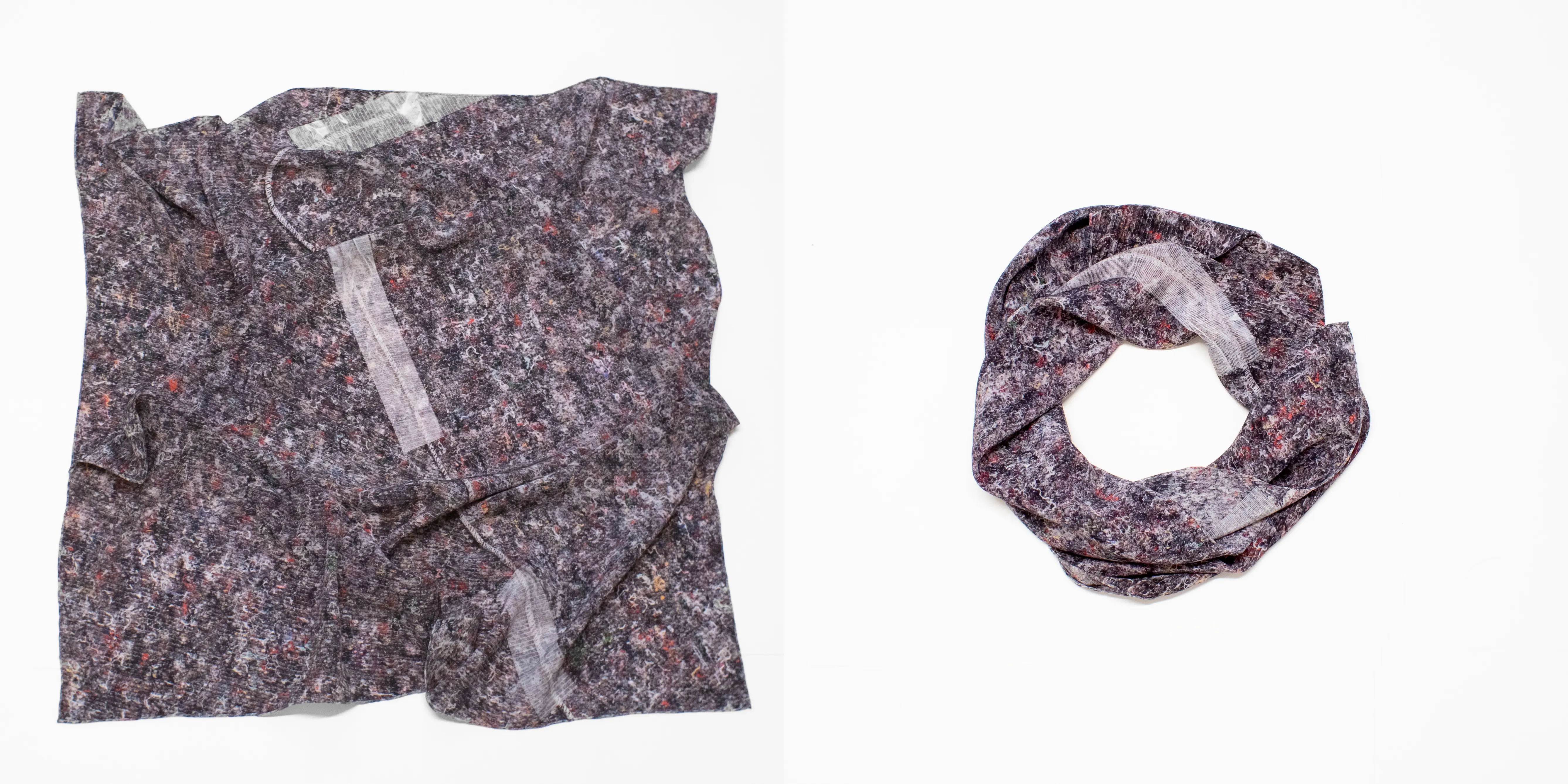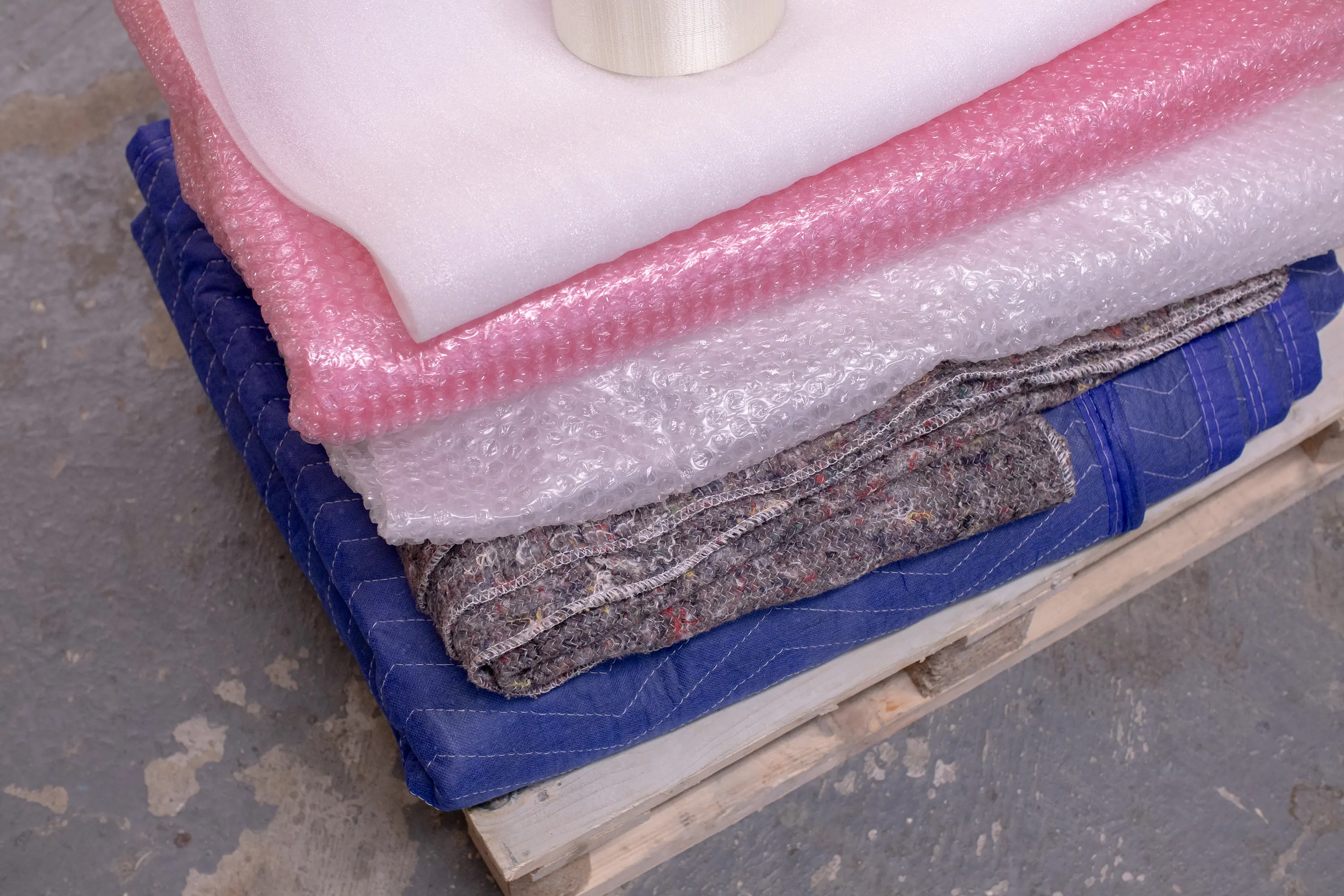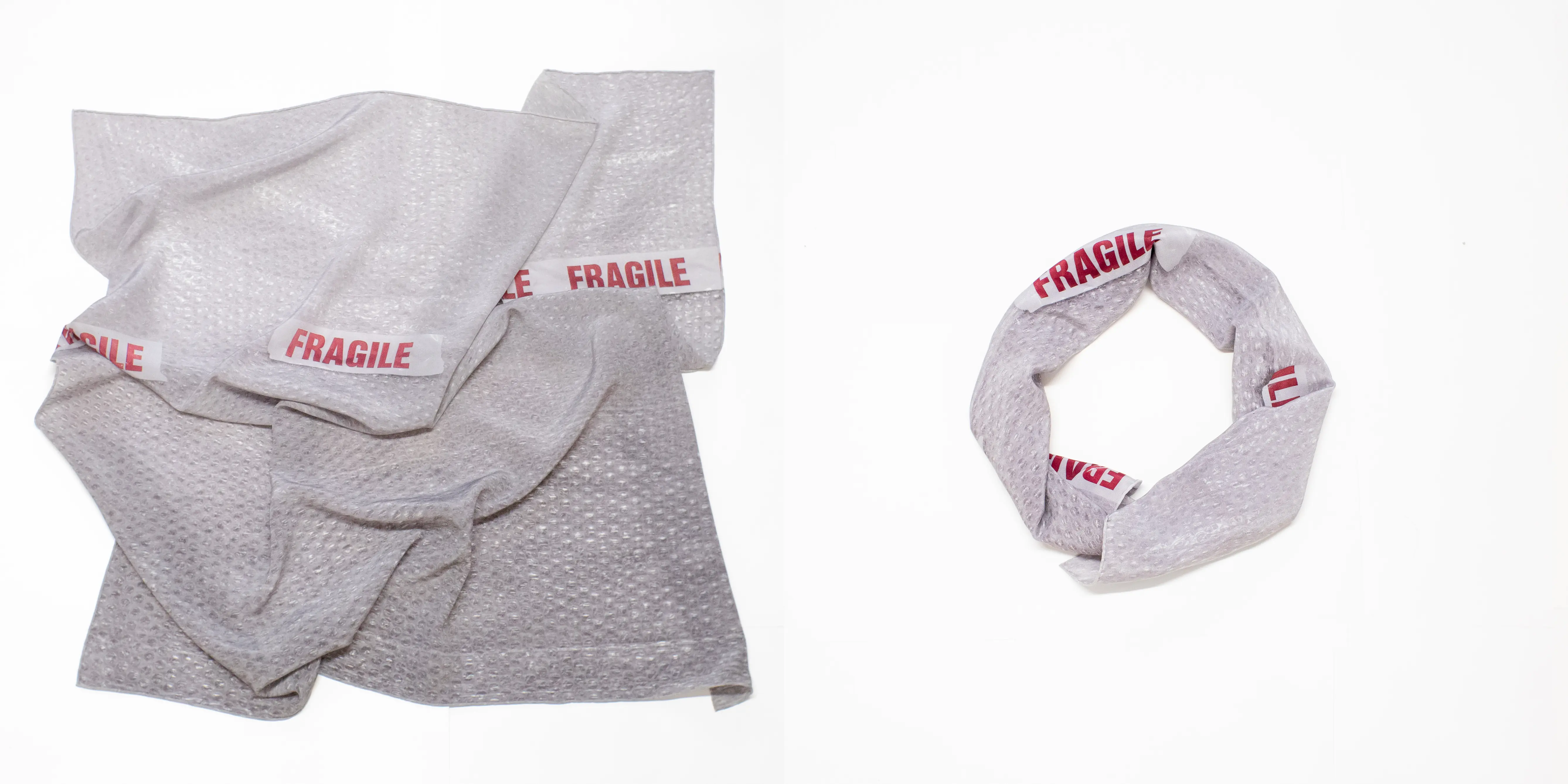
Since the establishment of the Silk Road, the global trade and the ever developing logistics systems has been a crucial component of modern life. The current power of shipping comes from its discreet and efficient methods that enable objects to appear at our doorsteps as if by magic. The speed and availability plays a large role in many areas of commerce though the value of some objects come from the difficulty in acquiring them.
Silk is one of the first materials that people in Europe recognised as worthy of the long and treacherous journey from Asia. Once it eventually reached Europe, it was adapted quickly to become a staple of the fashion industry, in the forms of dresses and accessories. Besides the natural quality of the material, some of the value we project onto this material seems to come from the scarcity due to the difficulty and limited area, mostly in Asia, in which it is produced. Images of silk scarves in particular has become an early variation of entry level branded goods, something a consumer can purchase without paying a high price of dress or coat but something that’s still recognisable thus portraying an affinity with the brand. Notable examples are Hermes scarves which carried a common theme and often a variation of the brand logo.
Much like the purpose of trade routes and logistics, the fashion industry distributes ideas and value through images and objects which range in varying degrees of scarcity. This process of dispersion, or perhaps cultural entropy, is only possible through smart use of supply chains and warehouses around the world. Our reliance on these systems can hardly be understated even though they are meant to be hidden from view.
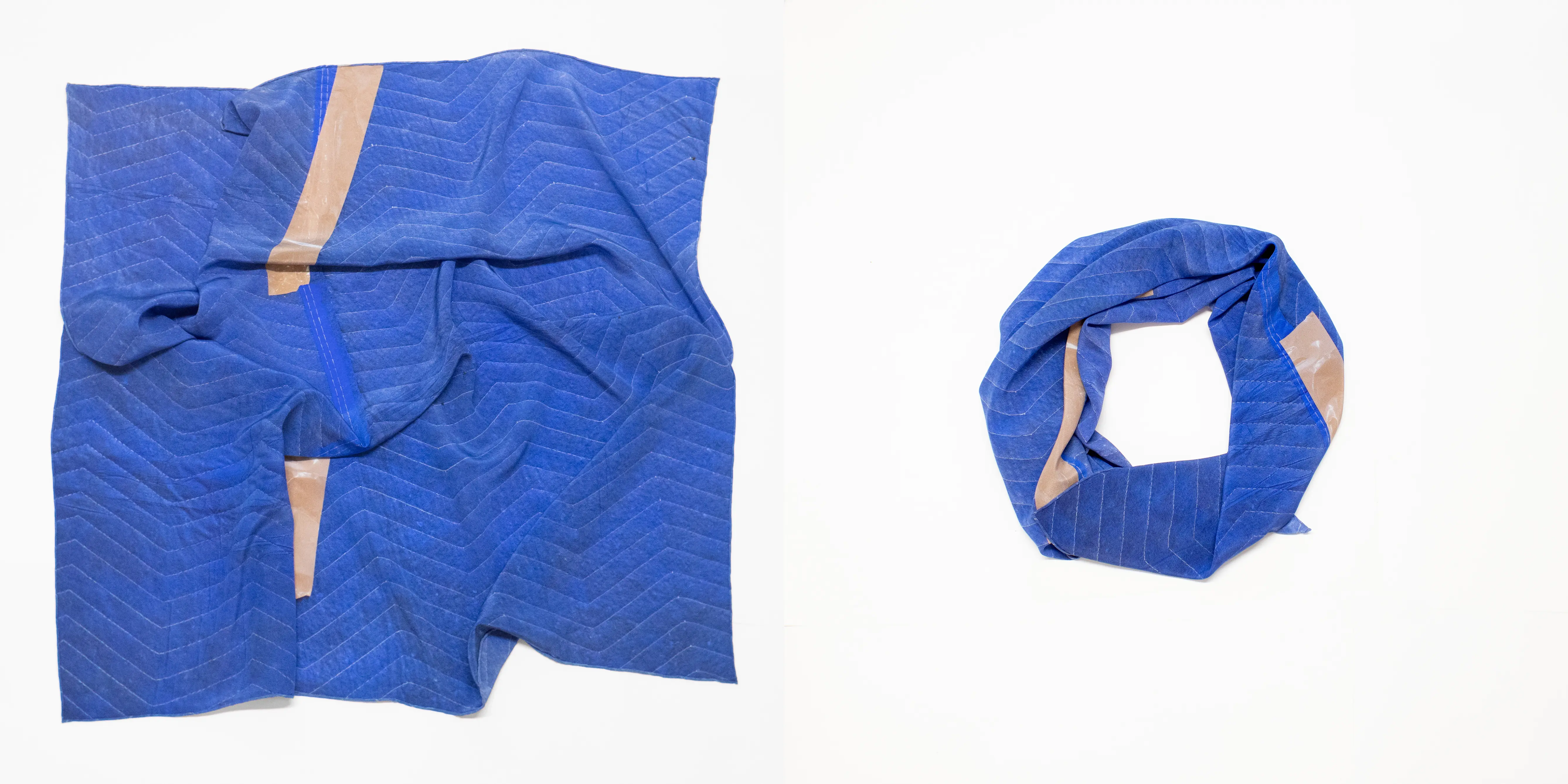
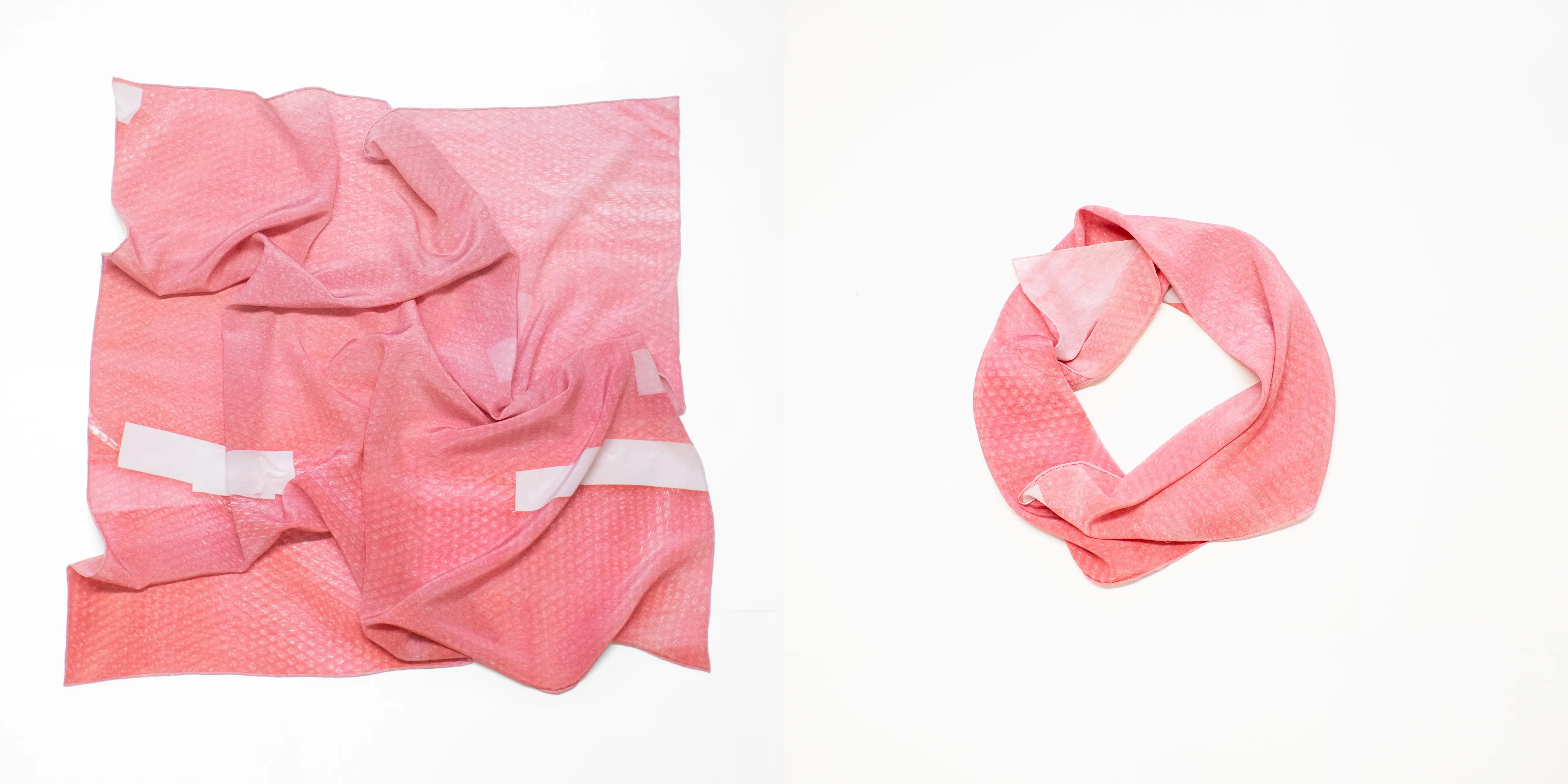
Transit Scarves are made in Italy using Chinese silk, the ends of the original Silk Road. Each scarf is both a fashion accessory as well as an illustration of an often overseen yet crucial component of the system that makes the modern fashion industry possible. And instead of confirming affinity with a specific brand or company, it recognises our dependence on global logistics.
